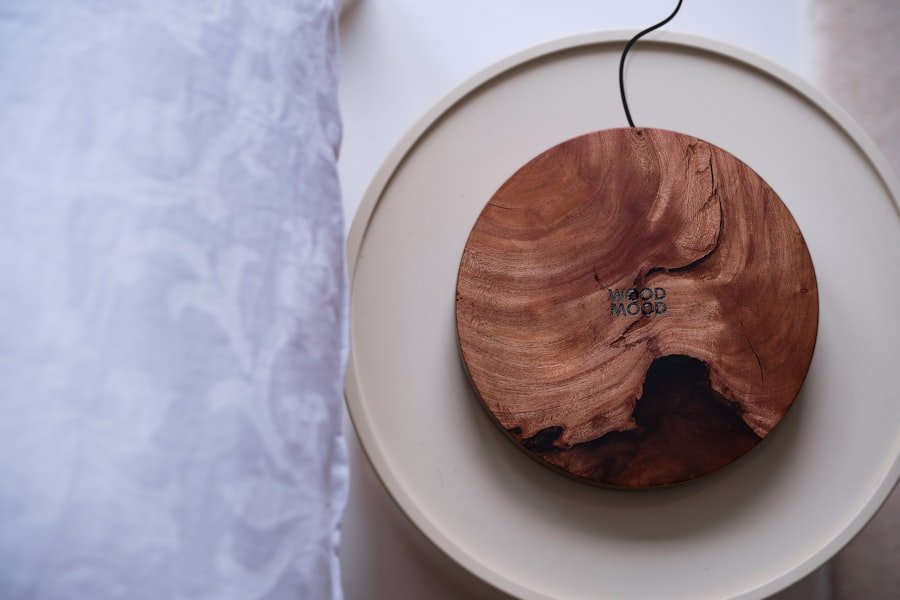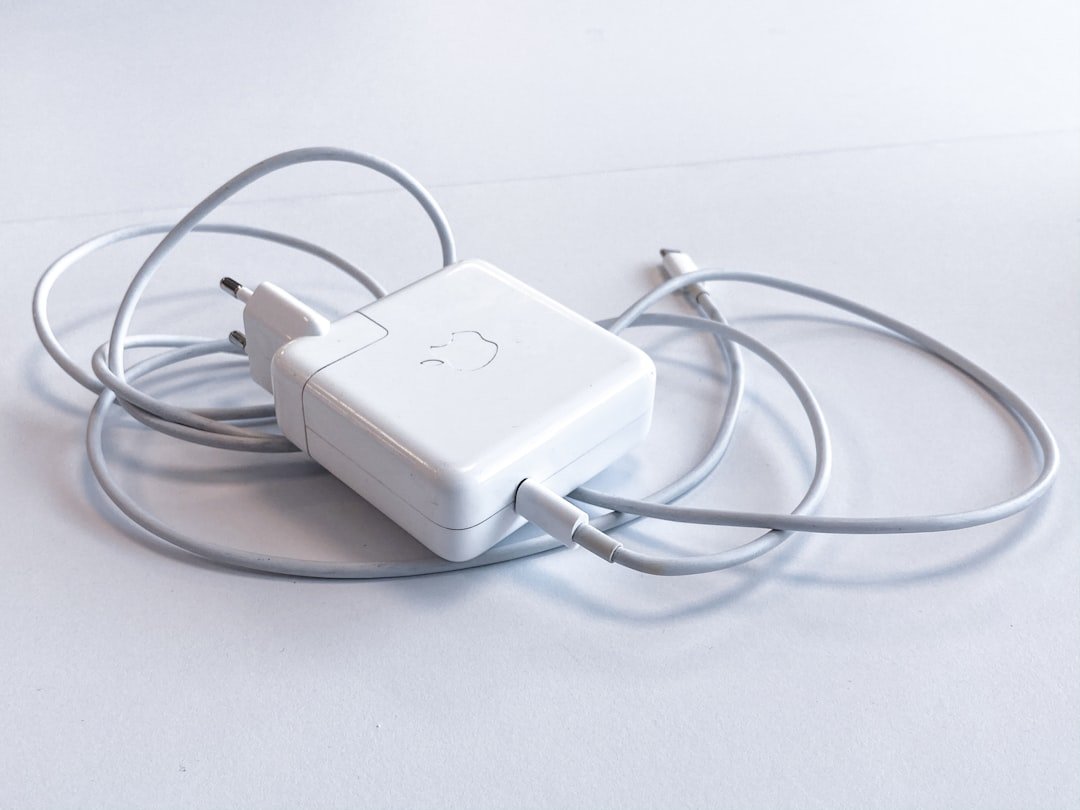The MacBook is a powerful tool that many users rely on for various tasks, from professional work to creative projects. However, one common annoyance is the device’s tendency to enter sleep mode after a period of inactivity. While sleep mode is designed to save energy and prolong battery life, it can interrupt workflows, especially during tasks that require continuous attention or when using applications that need to remain active.
Understanding how to prevent your MacBook from sleeping can enhance productivity and ensure that your work is not interrupted by unnecessary pauses. Preventing your MacBook from sleeping can be particularly beneficial in scenarios such as presentations, long downloads, or when running scripts that require uninterrupted processing. Fortunately, macOS offers several built-in options and third-party solutions to help users manage their device’s sleep settings effectively.
This article will explore various methods to keep your MacBook awake, ensuring that you can maintain focus and efficiency without the frustration of unexpected sleep interruptions.
Key Takeaways
- Adjusting energy saver settings can help prevent your Macbook from sleeping by adjusting the display and computer sleep settings.
- Using terminal commands can provide more advanced options for preventing sleep, such as preventing sleep for a specific duration or until a certain event occurs.
- Third-party apps like Amphetamine or Caffeine can provide a simple and user-friendly way to prevent your Macbook from sleeping.
- You can keep your Macbook awake during specific tasks, such as downloading large files or running a presentation, by adjusting the energy saver settings or using third-party apps.
- Keyboard shortcuts like Command + Option + Eject can quickly prevent your Macbook from sleeping without having to navigate through settings or use third-party apps.
Adjusting Energy Saver Settings
Customizing Idle Behavior
By navigating to the Energy Saver panel in System Preferences, users can customize how their MacBook behaves when it is idle. For instance, you can set the “Turn display off after” slider to “Never,” which will keep the screen active indefinitely.
Useful for Tasks Requiring Visual Feedback
This adjustment is particularly useful during tasks that require constant visual feedback, such as coding or video editing. In addition to display settings, users can also modify the “Computer sleep” option. Setting this to “Never” ensures that the MacBook itself does not enter sleep mode, allowing background processes to continue running without interruption.
Considering Battery Life Implications
However, it’s essential to consider the implications of these settings on battery life. Keeping the computer awake for extended periods can lead to faster battery drain, so it’s advisable to revert these settings when not actively using the device or when plugged into a power source.
Using Terminal Commands to Prevent Sleep

For those who are comfortable with command-line interfaces, using Terminal commands provides a powerful way to prevent your MacBook from sleeping. The `caffeinate` command is particularly useful for this purpose. When executed in Terminal, this command prevents the system from sleeping while a specified process is running.
For example, if you want to keep your Mac awake while downloading a large file, you can open Terminal and type `caffeinate -i`, which will keep the system active until you close the Terminal window or stop the command. Moreover, `caffeinate` can be customized with various flags to suit specific needs. For instance, using `caffeinate -t 3600` will keep your Mac awake for one hour (3600 seconds).
This flexibility allows users to tailor their experience based on the duration of their tasks without needing to adjust system preferences repeatedly. Terminal commands like this not only provide a quick solution but also empower users with greater control over their device’s behavior.
Using Third-Party Apps to Prevent Sleep
| Third-Party App | Effectiveness | User Ratings |
|---|---|---|
| Twilight | High | 4.5/5 |
| f.lux | High | 4.7/5 |
| Night Shift (iOS) | Moderate | 4.3/5 |
| Blue Light Filter | Moderate | 4.0/5 |
In addition to built-in settings and Terminal commands, several third-party applications are designed specifically to prevent sleep on MacBooks. One popular option is Amphetamine, a free app available on the Mac App Store that allows users to keep their Mac awake with just a few clicks. Amphetamine offers a user-friendly interface where you can set specific conditions under which your Mac should remain awake, such as during downloads or while certain applications are running.
Another notable application is KeepingYouAwake, which provides similar functionality but with a more minimalist approach. This app sits in the menu bar and allows users to toggle sleep prevention on and off quickly. Both applications offer customizable settings that can cater to different user preferences and workflows, making them excellent tools for anyone who frequently encounters interruptions due to sleep mode.
Keeping the Macbook Awake During Specific Tasks
Certain tasks may require your MacBook to remain awake for extended periods without user interaction. For instance, if you are rendering a video or running a long data analysis script, it’s crucial that your device does not enter sleep mode during these processes. To address this need, users can utilize a combination of Energy Saver settings and third-party applications like Amphetamine or Caffeinate.
When working on resource-intensive tasks, it’s advisable to set your Energy Saver preferences accordingly before starting the task. Additionally, using an app like Amphetamine allows you to create specific triggers that will keep your Mac awake only during those tasks. For example, you can configure Amphetamine to activate whenever a particular application is open or when a specific file is being processed.
This targeted approach not only enhances productivity but also helps manage battery life more effectively by preventing unnecessary power consumption during idle times.
Using Keyboard Shortcuts to Prevent Sleep

Quick Solutions with Keyboard Shortcuts
For users who prefer solutions without navigating through menus or applications, keyboard shortcuts can be an effective way to prevent sleep on a MacBook. One of the most commonly used shortcuts is Control + Shift + Power button (or Control + Shift + Eject on older models), which instantly puts the display to sleep without affecting the computer’s overall state.
Alternative Methods for Preventing Sleep
However, if you want to keep the display awake while preventing sleep altogether, you might need to rely on other methods.
Using Hot Corners for Intuitive Sleep Management
Another useful method involves using the built-in “Hot Corners” feature in macOS. By configuring one of the corners of your screen to activate “Prevent Sleep,” you can simply move your cursor to that corner whenever you need to keep your Mac awake temporarily. This method provides an intuitive way to manage sleep settings without interrupting your workflow significantly.
Preventing Sleep When Closing the Lid
Many users may find it inconvenient that closing the lid of their MacBook automatically triggers sleep mode. While this feature is designed for portability and energy conservation, there are scenarios where keeping the device awake while closed is necessary—such as when using an external monitor or running background processes. To achieve this functionality, users can utilize third-party applications like InsomniaX or Amphetamine.
InsomniaX allows users to disable sleep mode when closing the lid while still maintaining functionality for external displays. This capability is particularly useful for those who use their MacBooks as desktop replacements connected to larger monitors. By configuring InsomniaX appropriately, users can close their laptops without interrupting ongoing tasks or processes, thus enhancing their overall productivity.
Conclusion and Final Tips
In summary, preventing your MacBook from sleeping can significantly enhance productivity and ensure that important tasks are completed without interruption. By adjusting Energy Saver settings, utilizing Terminal commands, exploring third-party applications, and employing keyboard shortcuts, users have a variety of tools at their disposal to manage their device’s sleep behavior effectively. As a final tip, it’s essential to strike a balance between keeping your Mac awake and managing battery life efficiently.
Regularly assess your usage patterns and adjust settings accordingly based on whether you’re plugged in or relying on battery power. By being mindful of these factors and leveraging the available tools and techniques discussed in this article, you can optimize your MacBook experience for maximum efficiency and minimal disruption.
If you are looking for ways to prevent your MacBook from sleeping, you may also be interested in learning about how to optimize your Mac’s performance. Check out this article on how to speed up your Mac for some helpful tips and tricks to keep your device running smoothly.
FAQs
What is the purpose of preventing a MacBook from sleeping?
Preventing a MacBook from sleeping can be useful when you need to keep it awake for a specific task, such as downloading large files, running a presentation, or performing a long-running task.
How can I prevent my MacBook from sleeping?
You can prevent your MacBook from sleeping by adjusting the Energy Saver settings in System Preferences. You can also use Terminal commands or third-party apps to keep your MacBook awake.
Are there any downsides to preventing my MacBook from sleeping?
Preventing your MacBook from sleeping can lead to increased power consumption and potential overheating if not managed properly. It can also reduce the lifespan of your MacBook’s hardware components.
Can I schedule when my MacBook should not sleep?
Yes, you can schedule specific times for your MacBook to not sleep using the Energy Saver settings in System Preferences. This can be useful for tasks that need to be performed during specific hours.
Are there any keyboard shortcuts to keep my MacBook from sleeping?
Yes, you can use the “caffeinate” command in Terminal to keep your MacBook awake for a specific duration. Additionally, you can use third-party apps that offer keyboard shortcuts to prevent your MacBook from sleeping.
